Home>Articles>How To Get Scratches Out Of A Stainless Steel Sink
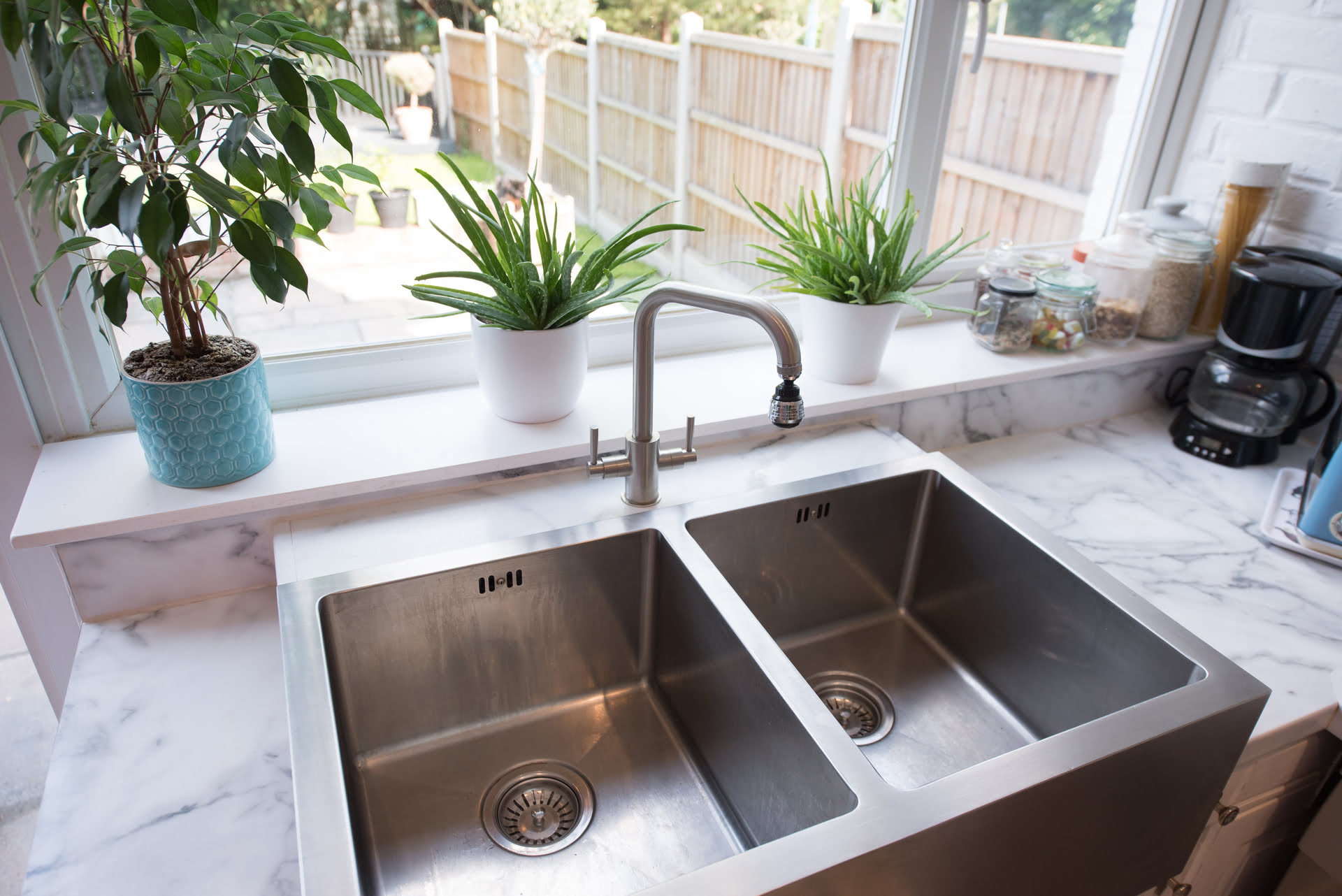

Articles
How To Get Scratches Out Of A Stainless Steel Sink
Modified: February 23, 2024
Learn how to remove scratches from your stainless steel sink with these helpful articles. Keep your sink looking clean and shiny with these simple tips and tricks.
(Many of the links in this article redirect to a specific reviewed product. Your purchase of these products through affiliate links helps to generate commission for Storables.com, at no extra cost. Learn more)
Introduction
A stainless steel sink is a durable and stylish addition to any kitchen. It can withstand daily use and is resistant to stains and corrosion. However, over time, your stainless steel sink may start to develop scratches, which can detract from its appearance. Fortunately, there are several methods you can use to remove these scratches and restore the sink’s original luster.
In this article, we will guide you through the process of getting scratches out of a stainless steel sink. From assessing the severity of the scratches to cleaning the sink surface and employing various techniques to remove minor and deep scratches, we will cover everything you need to know to bring your stainless steel sink back to its former glory.
Before we delve into the solutions, it’s important to understand the nature of stainless steel sinks. Stainless steel is a popular choice for sinks due to its durability and resistance to rust and staining. However, it is not completely scratch-resistant. Everyday activities like washing dishes, utensils, and cookware can lead to the development of scratches on the sink surface.
The severity of the scratches can vary from minor surface scratches to deeper ones that are more noticeable. The good news is that most minor scratches can be easily removed with simple household items, while deeper scratches may require a bit more effort and the use of specialized products.
So, let’s get started on your journey to restore the pristine condition of your stainless steel sink. Whether you have minor scratches or more pronounced ones, we will provide you with the knowledge and techniques necessary to tackle the problem with ease.
Key Takeaways:
- Easily remove minor scratches from your stainless steel sink using household items like baking soda and vinegar. For deeper scratches, consider using specialized stainless steel repair kits or seeking professional assistance.
- Prevent future scratches by using cutting boards, sink grids, and gentle cleaning methods. Applying stainless steel polish and regular maintenance will keep your sink looking sleek and scratch-free.
Read more: How To Paint A Stainless Steel Sink
Understanding Stainless Steel Sinks
Before we dive into the methods of removing scratches from a stainless steel sink, it’s important to have a good understanding of these sinks and their characteristics. Stainless steel sinks are made from a combination of iron, chromium, and nickel, which gives them their unique properties.
Stainless steel is a durable and hygienic material that is resistant to corrosion, staining, and heat. It is also easy to clean, making it a popular choice for kitchens, bathrooms, and commercial settings. The addition of chromium to the alloy provides stainless steel sinks with their corrosion resistance, while nickel enhances their strength and durability.
Stainless steel sinks come in different gauges, which refer to the thickness of the steel. The lower the gauge number, the thicker the steel. Thicker steel is more resistant to dents and dings, but it can also be more expensive. Common gauges for stainless steel sinks range from 16 to 22, with 18 gauge being the most popular choice for residential sinks.
While stainless steel sinks are known for their durability, they are not completely immune to scratches. Everyday use, such as stacking dishes or accidentally dropping utensils, can lead to scratches on the sink surface. The good news is that most scratches are superficial and can be easily repaired.
When selecting cleaning agents for your stainless steel sink, it’s important to choose non-abrasive cleaners. Abrasive cleaners, such as harsh chemicals or rough scrub brushes, can scratch the surface of the sink and cause further damage. Stick to mild dish soap, vinegar, or specialized stainless steel cleaners specifically formulated for sinks.
Now that you have a good understanding of stainless steel sinks and how they are constructed, let’s move on to assessing the severity of the scratches on your sink. This step will help determine the best approach and products to use in order to restore your sink’s pristine condition.
Assessing the Severity of Scratches
Before you begin the process of removing scratches from your stainless steel sink, it’s important to assess the severity of the scratches. This will help you determine the best course of action and the appropriate materials to use.
Start by examining the sink surface under good lighting conditions. Look for any visible scratches or scuff marks. It’s helpful to run your fingers over the surface to feel for any rough patches or grooves.
Minor surface scratches are usually shallow and do not penetrate deeply into the stainless steel. They may appear as thin lines or swirl marks on the sink surface. These scratches can often be removed using simple household items and mild cleaning agents.
Deeper scratches, on the other hand, are more noticeable and may require more intensive methods to repair. These scratches may be longer and wider, and you may even be able to feel them with your fingernail. Deep scratches can impact the overall appearance of the sink and may require more specialized products and techniques to remove.
Once you have assessed the severity of the scratches, you can gather the necessary materials to begin the repair process. For minor scratches, you may only need everyday household items such as baking soda, vinegar, or a soft sponge. However, for deeper scratches, you may need to invest in stainless steel repair kits or consult a professional.
It’s important to note that while it is possible to remove most minor and even some deeper scratches from stainless steel sinks, there may be instances where the damage is too extensive to repair. In such cases, it might be best to consider replacing the sink or contacting a professional for advice.
Now that you know how to assess the severity of the scratches on your stainless steel sink, let’s move on to the next step: cleaning the sink surface to prepare it for the scratch removal process.
Cleaning the Sink Surface
Before you can effectively remove scratches from your stainless steel sink, it’s important to clean the sink surface thoroughly. This will ensure that any dirt, grime, or residue is removed, allowing for a better result when addressing the scratches.
Start by rinsing the sink with warm water to remove any loose debris. Use a soft sponge or cloth to gently wipe the surface, paying attention to the entire sink area, including the sides and bottom. Avoid using abrasive scrub brushes or harsh chemicals as they can cause further damage.
If there are any stubborn stains or greasy residue on the sink surface, you can use a mild dish soap to remove them. Apply a small amount of dish soap to a sponge and gently scrub the stained areas. Rinse the sink thoroughly to remove any soap residue.
If the sink has developed mineral deposits or water spots, you can use a solution of equal parts water and vinegar to remove them. Apply the solution to the sink surface and let it sit for a few minutes. Then, use a soft cloth or sponge to gently scrub the affected areas. Rinse the sink well with water to remove any vinegar residue.
Once the sink is clean and free of any dirt or residue, dry it thoroughly with a soft cloth to prevent water spots or streaks from forming. It’s important to have a clean and dry sink surface before proceeding with the scratch removal process.
Now that your sink is clean and ready, you can move on to using non-abrasive cleaners to treat minor scratches. These gentle methods will help diminish the appearance of scratches and restore the shine to your stainless steel sink.
Continue reading to learn about the various non-abrasive cleaners you can use to address minor scratches on your stainless steel sink.
Using Non-abrasive Cleaners
When it comes to addressing minor scratches on your stainless steel sink, using non-abrasive cleaners is key. These gentle cleaners will help buff out the scratches without causing any further damage to the sink surface. Here are a few effective non-abrasive cleaning methods:
- Baking Soda: Baking soda is a versatile and gentle cleaner that can help remove minor scratches. Create a paste by mixing baking soda with water to form a thick consistency. Apply the paste to the scratched areas and gently rub it in using a soft cloth or sponge. Rinse the sink thoroughly and dry it with a soft cloth. Baking soda’s slight abrasive properties will help buff out the scratches and restore the sink’s shine.
- Vinegar: Vinegar is another effective non-abrasive cleaner that can help reduce the appearance of minor scratches. Create a solution of equal parts vinegar and water. Soak a cloth or sponge in the solution and gently rub the scratched areas. Rinse the sink well with water to remove any vinegar residue and dry it thoroughly. Vinegar’s acidic properties will help break down any tough stains and minimize the visibility of scratches.
- Stainless Steel Cleaner: There are various commercial stainless steel cleaners available on the market that are specifically formulated for sinks and appliances. These cleaners are non-abrasive and designed to restore the shine to stainless steel surfaces. Follow the instructions on the product and apply it to the scratched areas using a soft cloth or sponge. Rinse the sink well and dry it thoroughly to reveal a polished and scratch-free surface.
Remember to always follow the manufacturer’s instructions when using any cleaning product, whether it’s homemade or commercial. Test the cleaner on a small, inconspicuous area of the sink first to ensure that it doesn’t cause any discoloration or damage.
Using non-abrasive cleaners will help minimize the appearance of minor scratches on your stainless steel sink. However, for deeper scratches, you may need to employ additional methods to achieve the desired results. In the next section, we will explore how to remove minor scratches using specific techniques.
Use a non-abrasive cleaner and a soft cloth to gently buff out scratches in a stainless steel sink. Always follow the grain of the steel to avoid further damage.
Read more: How To Shine Stainless Steel Sink
Removing Minor Scratches
Minor scratches on a stainless steel sink can be unsightly, but the good news is that they can often be easily repaired using simple techniques. Here are a few methods to remove minor scratches and restore the overall appearance of your sink:
- Use a Soft Cloth: For shallow surface scratches, try using a soft cloth and gently rubbing the scratched area in a circular motion. This can help to buff out the scratch and blend it with the surrounding surface. Apply light pressure and be patient, as it may take a few passes to see noticeable results.
- Apply Toothpaste: Toothpaste can be surprisingly effective in removing minor scratches on stainless steel sinks. Choose a non-gel toothpaste and apply a small amount directly to the scratched area. Using a soft cloth, gently rub the toothpaste in a circular motion for a few minutes. Rinse the area thoroughly and dry it with a soft cloth. The mild abrasiveness of the toothpaste can help to smooth out the scratch and restore the sink’s appearance.
- Try a Stainless Steel Scratch Remover: There are specialized stainless steel scratch removal products available on the market. These products are formulated specifically to target scratches on stainless steel surfaces. Follow the instructions provided with the product and apply it to the scratched area using a soft cloth or sponge. Gently rub the product into the scratch, following the manufacturer’s recommended technique. Rinse the area thoroughly and dry it with a soft cloth. These scratch removers can help to diminish the appearance of minor scratches and restore the sink to its original shine.
Remember, when using these methods, always apply gentle pressure and use soft materials to avoid further scratching the sink surface. It’s also essential to rinse the area thoroughly and dry it well to prevent water spots or residue from forming.
While these techniques are effective for minor scratches, if you have deeper or more severe scratches on your stainless steel sink, you may need to employ additional methods. We will explore how to address deeper scratches in the next section.
Buffing Out Deep Scratches
Deep scratches on a stainless steel sink require a bit more effort and specialized techniques to repair. While they may be more challenging to remove completely, it is still possible to improve their appearance and minimize their visibility. Here are some methods for buffing out deep scratches:
- Use Sandpaper or Steel Wool: For deeper scratches, you can try using fine-grit sandpaper or steel wool to buff out the scratch. Start by wetting the scratched area and then gently rub the sandpaper or steel wool in the direction of the grain. Be careful not to apply too much pressure, as you don’t want to create additional scratches. Continue rubbing until the scratch starts to blend with the surrounding surface. Rinse the sink thoroughly and dry it with a soft cloth.
- Apply a Metal Polish: Metal polishes, such as aluminum or chrome polish, can be effective in reducing the appearance of deep scratches. Apply a small amount of the polish to a soft cloth and rub it onto the scratched area. Keep rubbing in a circular motion, following the grain of the stainless steel, until the scratch starts to fade. Rinse the sink well and polish it with a clean, dry cloth to restore its shine.
- Consult a Professional: If you have tried the above methods but are still unsatisfied with the results, it may be time to consult a professional. Professional stainless steel repair services have the expertise and specialized tools to tackle deep scratches and restore your sink’s appearance. They can assess the severity of the scratch and recommend the best course of action to achieve the desired results.
It’s important to note that buffing out deep scratches requires careful attention and patience. Take your time and monitor the progress closely to avoid any further damage to the sink surface. Additionally, always follow the manufacturer’s instructions when using any cleaning or polishing products and wear protective gloves if necessary.
If the deep scratches are extensive or if you are not confident in your ability to effectively remove them, it may be best to consider professional assistance or explore the option of replacing the sink. Prevention is also key in maintaining the overall appearance of your stainless steel sink, so make sure to follow some of the tips we will cover in the next section.
Applying Stainless Steel Polish
Once you have treated the scratches on your stainless steel sink, applying a stainless steel polish can help to enhance its shine and provide added protection against future scratches. Here’s how to apply stainless steel polish:
- Clean the Sink: Before applying the polish, ensure that the sink is clean and dry. Use a mild dish soap and warm water to remove any residue or grease. Rinse the sink thoroughly and dry it with a soft cloth.
- Choose a Stainless Steel Polish: There are several stainless steel polishes available on the market. Look for a polish that is specifically formulated for use on stainless steel sinks. Read the instructions carefully to ensure that it is suitable for your sink’s finish.
- Apply the Polish: Put a small amount of the stainless steel polish onto a soft, clean cloth or sponge. Begin applying the polish to the sink, starting from one side and working your way across. Use gentle, circular motions to distribute the polish evenly over the entire sink surface.
- Buff the Surface: Once the polish has been applied, use a separate clean cloth or a microfiber cloth to buff the sink surface. Again, work in circular motions, applying light pressure. This will help to remove any excess polish and bring out the sink’s shine.
- Polish According to Instructions: Follow the manufacturer’s instructions on how long to let the polish sit on the sink surface before wiping it off. Some polishes may require a specific curing time to achieve the best results. Make sure to read and follow the instructions carefully.
- Regular Maintenance: To keep your stainless steel sink looking its best, consider regular maintenance with stainless steel polish. This will help to maintain its shine and protect against future scratches. Follow the manufacturer’s recommendations on how frequently to apply the polish for optimal results.
Remember, when applying polish or any cleaning product, always test it on a small, inconspicuous area first to ensure compatibility with your sink’s finish. Additionally, avoid using steel wool or abrasive cloths when applying the polish, as these can cause new scratches.
By regularly applying stainless steel polish, you can keep your sink looking clean, vibrant, and scratch-free. However, prevention is always better than cure. Let’s explore some tips on how to avoid future scratches and keep your stainless steel sink in excellent condition.
Prevention Tips to Avoid Future Scratches
To maintain the pristine condition of your stainless steel sink and minimize the risk of future scratches, here are some prevention tips to keep in mind:
- Avoid Harsh Cleaners and Abrasive Tools: When cleaning your stainless steel sink, steer clear of harsh cleaning agents and abrasive tools such as steel wool or abrasive scrub brushes. These can cause scratches and damage to the sink surface. Stick to non-abrasive cleaners and soft cloths or sponges for regular cleaning.
- Use Cutting Boards and Trivets: To prevent scratches caused by sharp utensils or hot cookware, always use cutting boards and trivets. Cutting directly on the sink surface or placing hot pots and pans directly on it can leave scratches and heat marks. By using protective tools, you can avoid such damage.
- Be Gentle and Mindful: When handling dishes, utensils, or other items in your sink, be mindful of their impact. Avoid dropping heavy objects or stacking sharp-edged items. Handle items with care to prevent accidental scratching of the sink surface.
- Clean Regularly: Regularly clean your sink to remove any debris or dirt that can cause scratches. Wipe the surface with a soft cloth or sponge and a mild dish soap. Rinse thoroughly and dry with a soft cloth to avoid water spots or residue.
- Use Sink Grids: Invest in sink grids or mats specifically designed for stainless steel sinks. These protective accessories create a barrier between the sink surface and cookware or utensils, preventing direct contact and minimizing the risk of scratches.
- Apply Sink Wax or Sealant: Consider using a sink wax or sealant to provide an extra layer of protection to your stainless steel sink. These products can help reduce the risk of scratches and make cleaning easier.
By implementing these preventive measures, you can prolong the life of your stainless steel sink and keep it looking sleek and scratch-free. Remember, regular maintenance and care are key to preserving the beauty and durability of your sink.
Now that you have learned the various methods to remove scratches, clean your sink, and prevent future damage, you are equipped with the knowledge to keep your stainless steel sink looking its best. With proper care and maintenance, your sink will continue to shine and be a focal point in your kitchen for years to come.
Remember to always follow the instructions provided by the manufacturer for your specific sink and cleaning products, and test any new cleaning or polishing methods on a small, inconspicuous area before applying them to the entire sink surface.
Follow these tips, and enjoy a scratch-free and stunning stainless steel sink in your kitchen!
Conclusion
A stainless steel sink is a valuable addition to any kitchen, providing durability, style, and functionality. Although scratches can develop over time, there are effective methods for removing them and restoring the sink’s original shine.
By understanding the nature of stainless steel sinks and assessing the severity of scratches, you can determine the best approach for repair. Cleaning the sink surface thoroughly and using non-abrasive cleaners can help to reduce the appearance of minor scratches. For deeper scratches, techniques such as sanding, using metal polish, or seeking professional assistance may be necessary.
Applying stainless steel polish can further enhance the sink’s appearance and provide protection against future scratches. Regular maintenance, with gentle cleaning and avoiding harsh tools, will also help to prevent scratches and maintain the sink’s condition over time.
Remember, it’s important to exercise caution and follow the manufacturer’s instructions when using cleaning agents or polishing products. Always test them on a small area before applying them to the entire sink surface.
By implementing these techniques and prevention tips, you can enjoy a beautiful and scratch-free stainless steel sink for years to come. Keep your sink clean, handle items with care, and use protective accessories to minimize the risk of scratches.
Whether you have minor scratches or more noticeable ones, don’t be discouraged. With the right knowledge and methods, you can restore your stainless steel sink to its former glory, making it the centerpiece of your kitchen once again.
Investing time and effort in proper maintenance will ensure that your stainless steel sink remains a functional and aesthetically pleasing part of your kitchen for many years. So roll up your sleeves, follow the steps outlined in this article, and get your stainless steel sink looking as good as new!
Frequently Asked Questions about How To Get Scratches Out Of A Stainless Steel Sink
Was this page helpful?
At Storables.com, we guarantee accurate and reliable information. Our content, validated by Expert Board Contributors, is crafted following stringent Editorial Policies. We're committed to providing you with well-researched, expert-backed insights for all your informational needs.
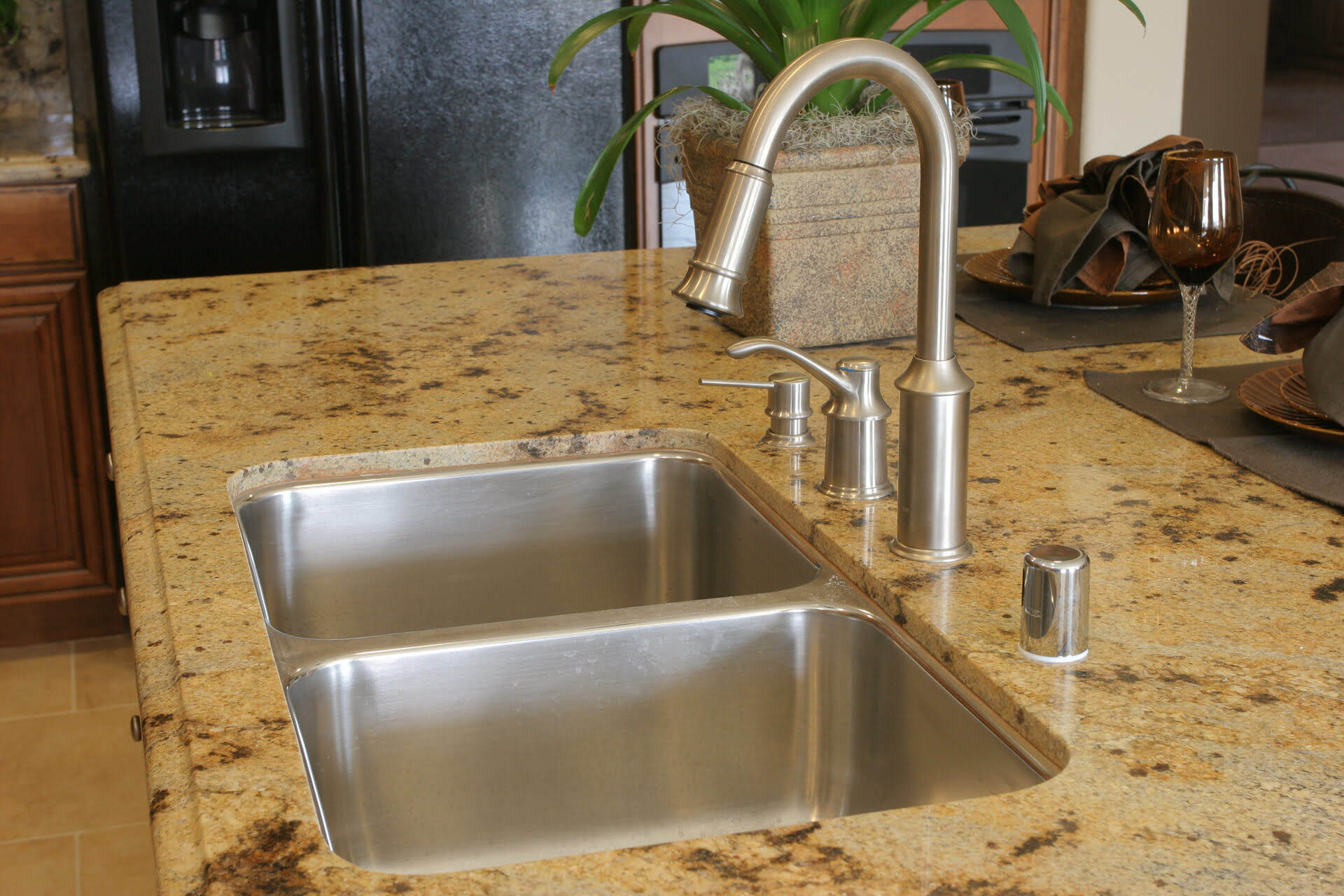
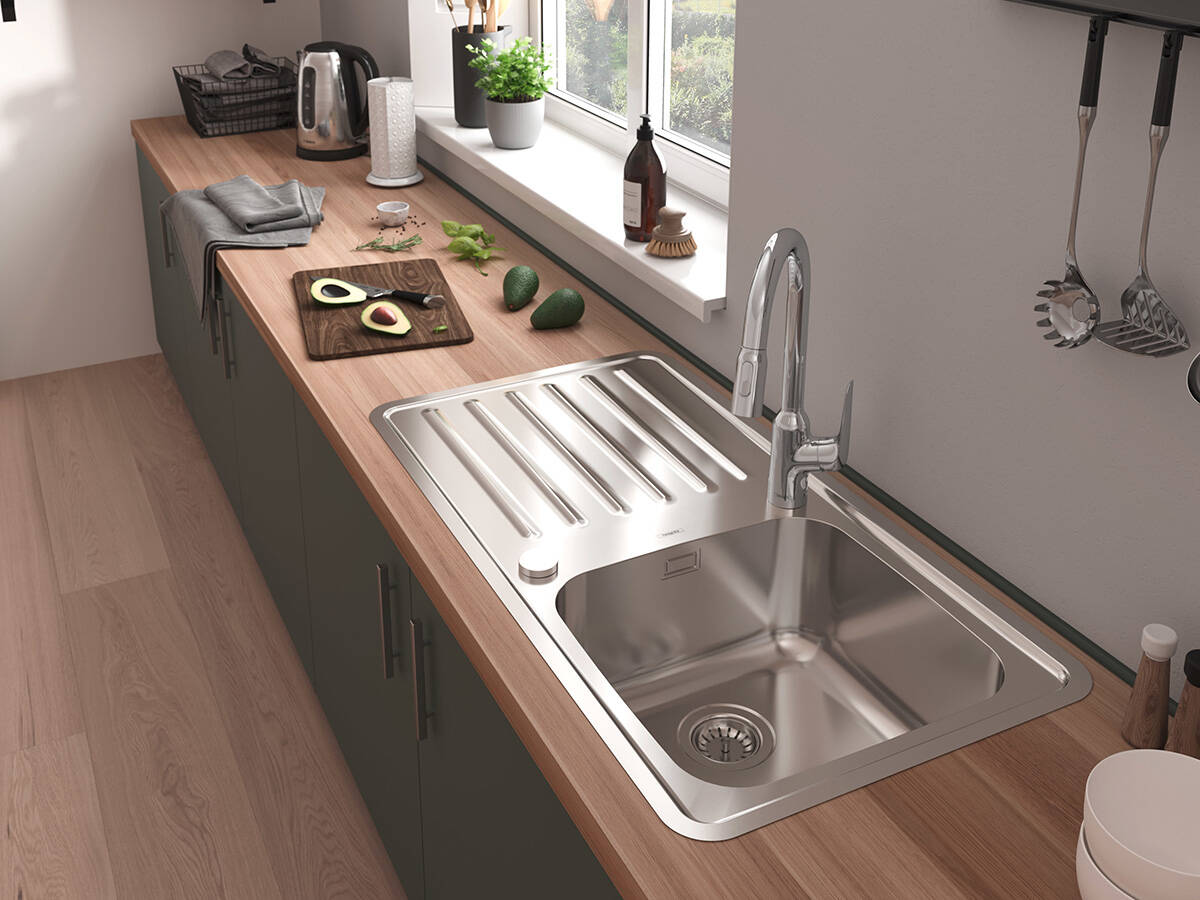
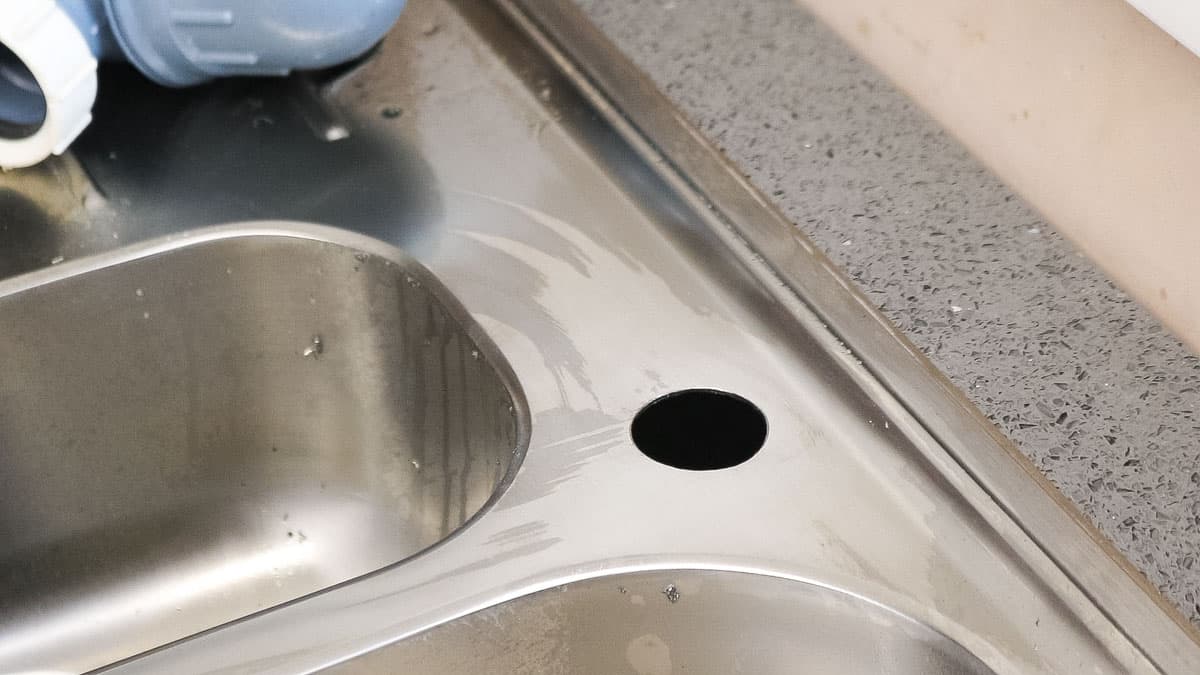
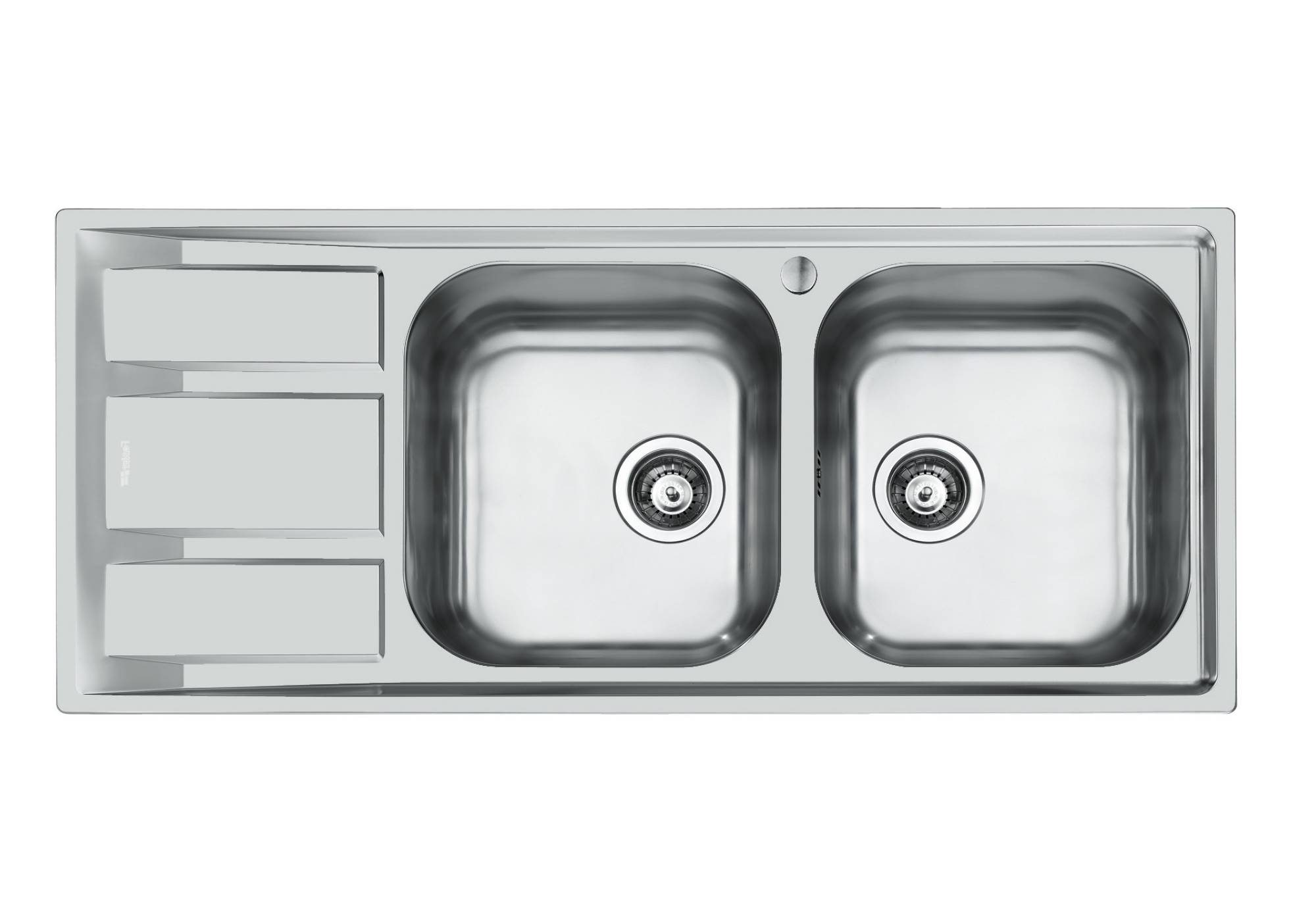
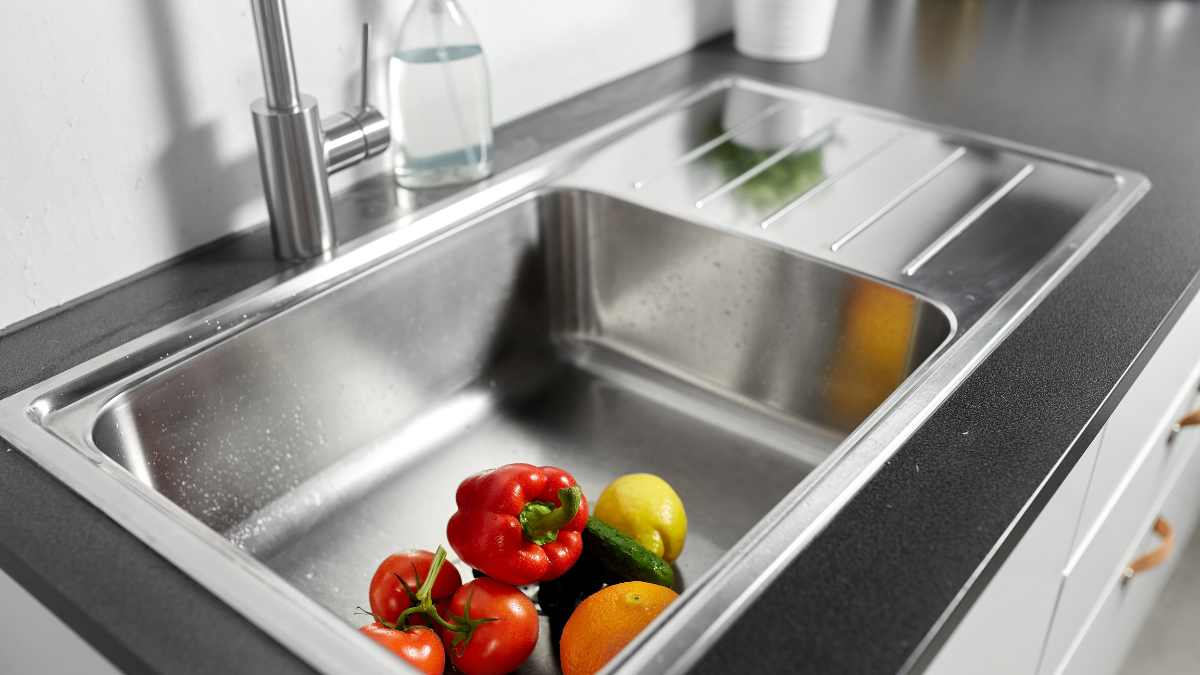
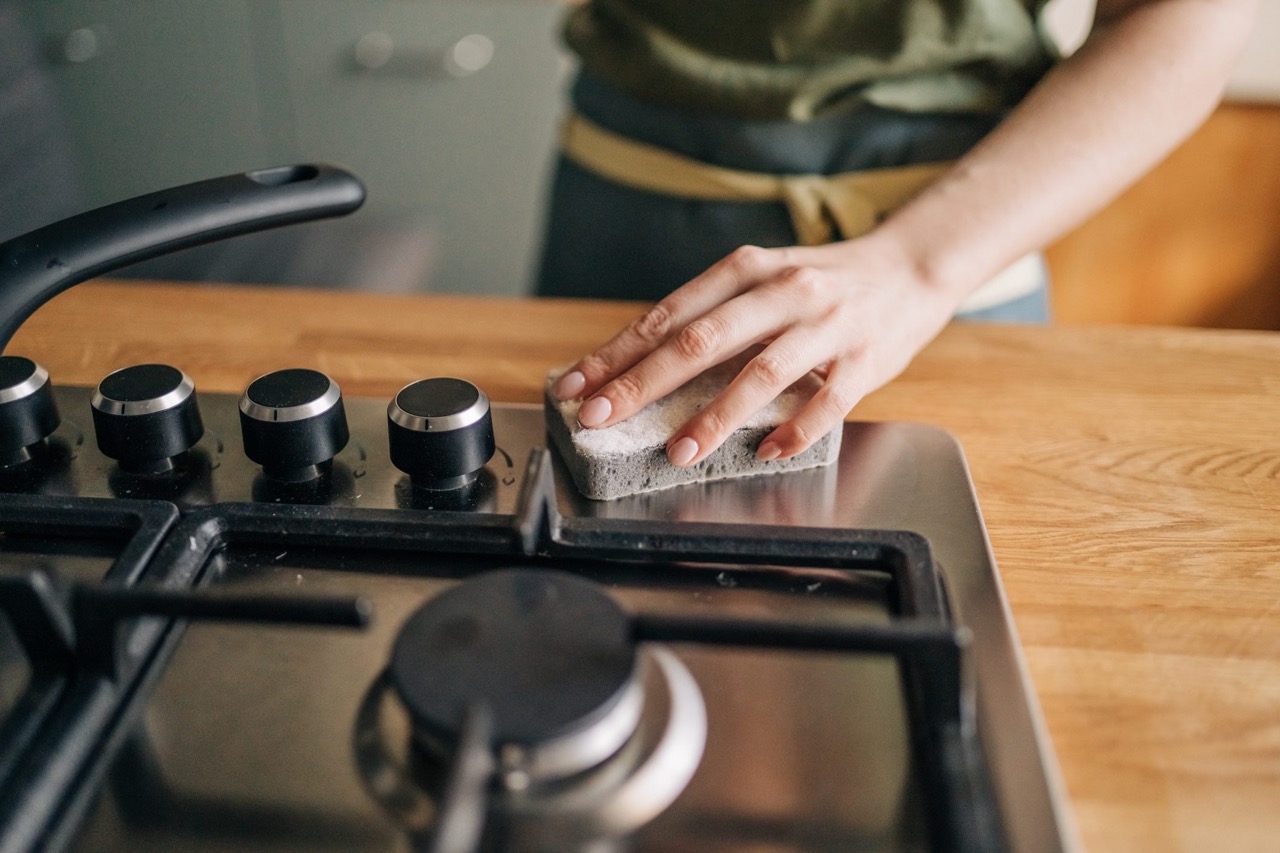
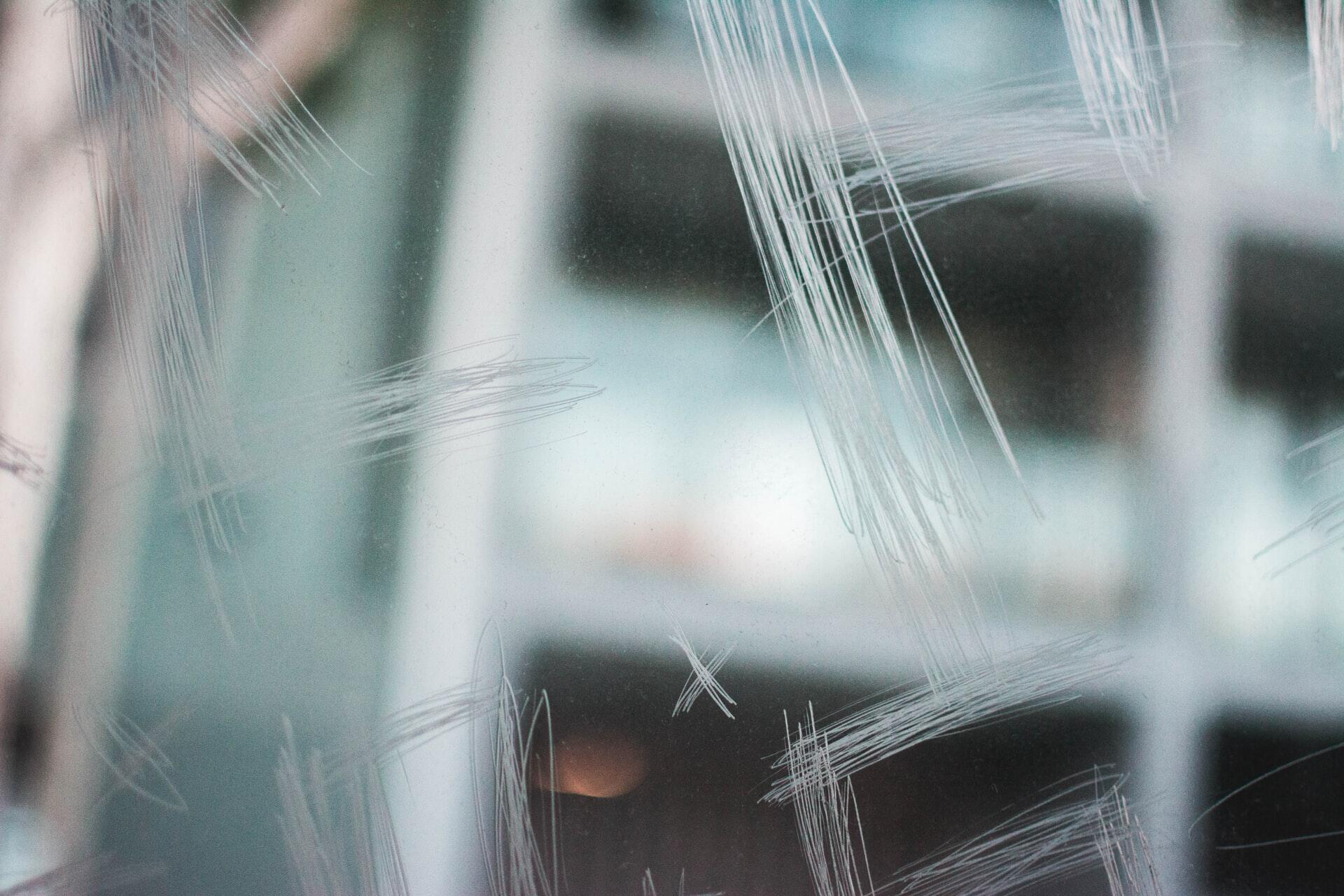
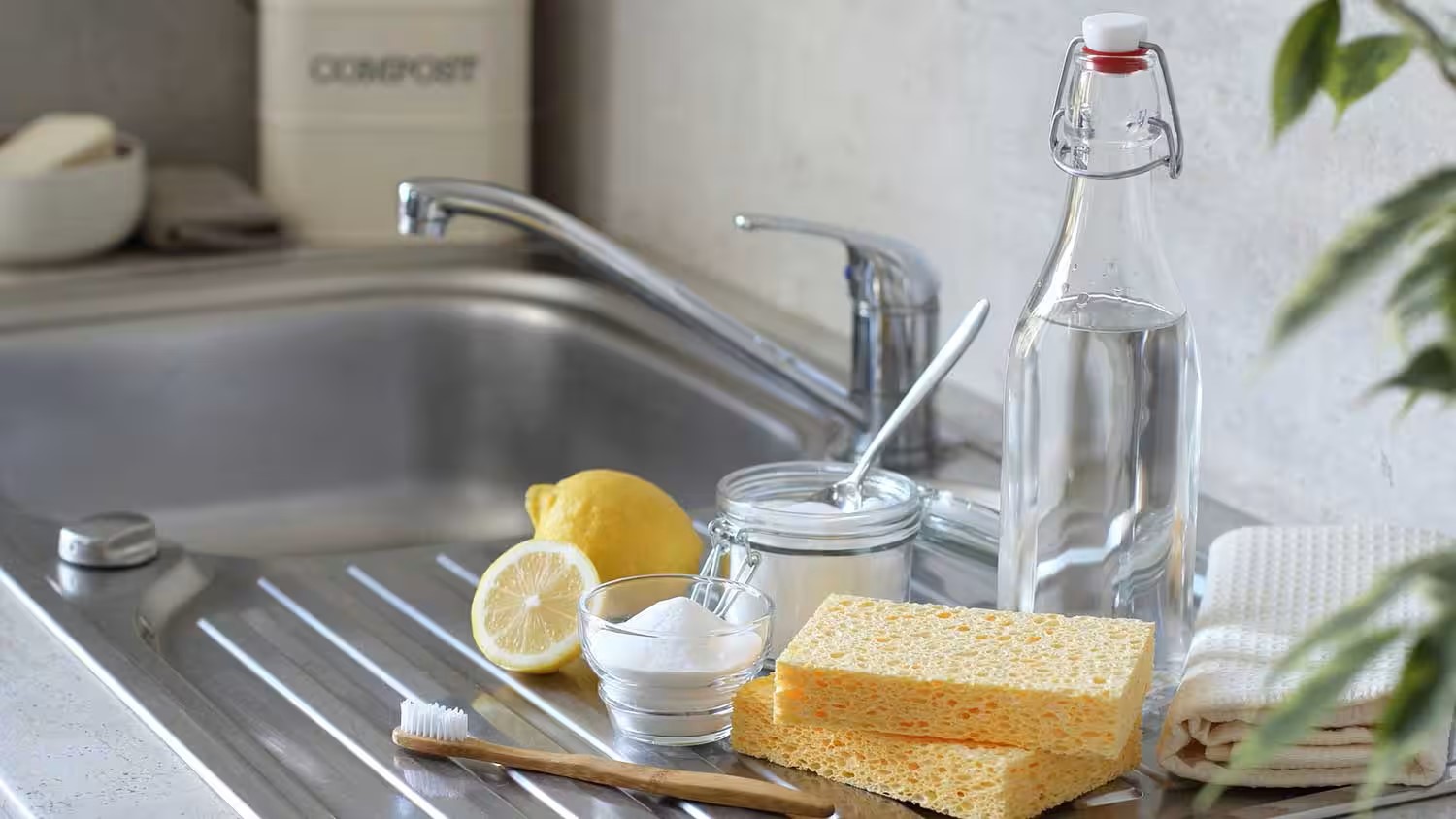
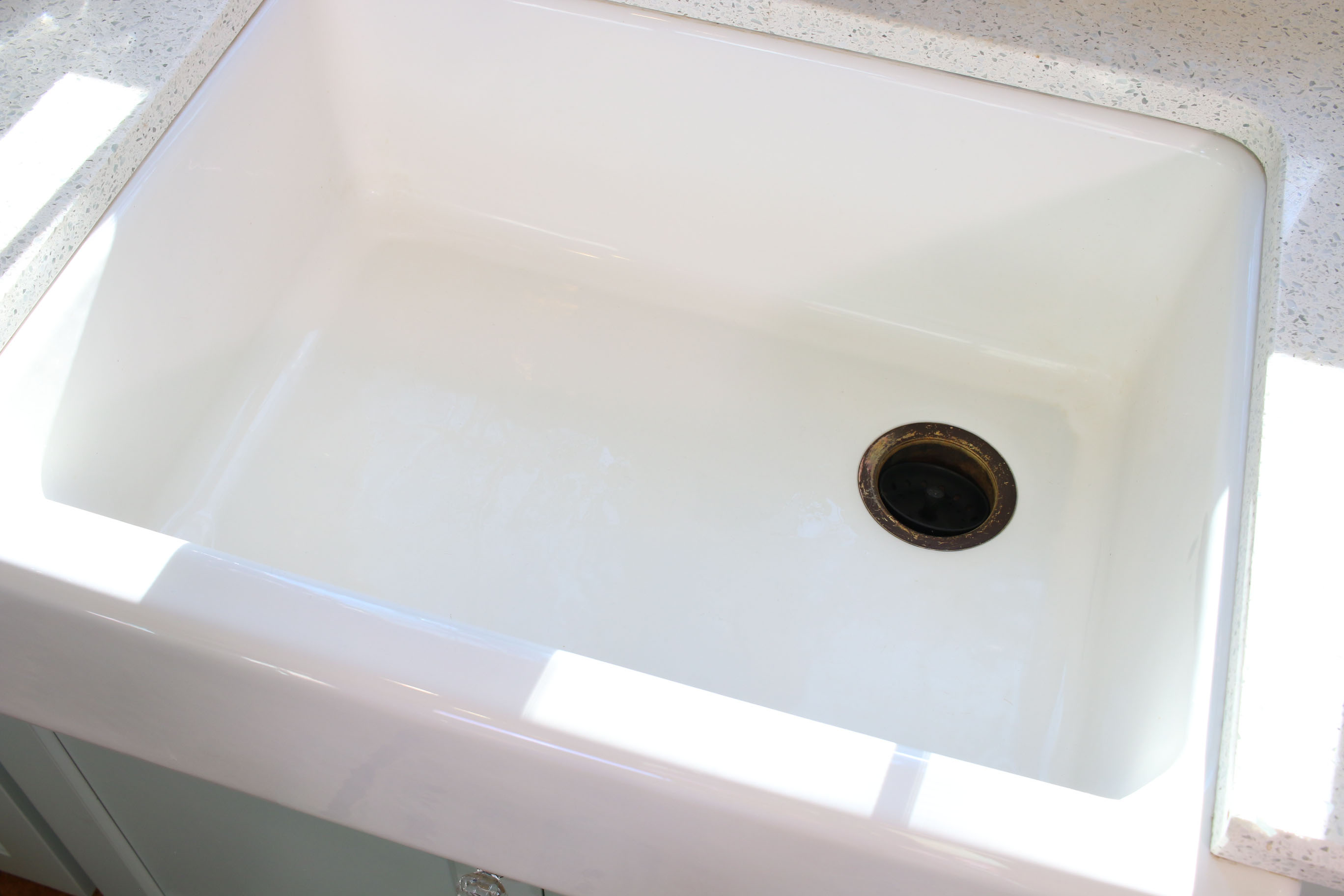
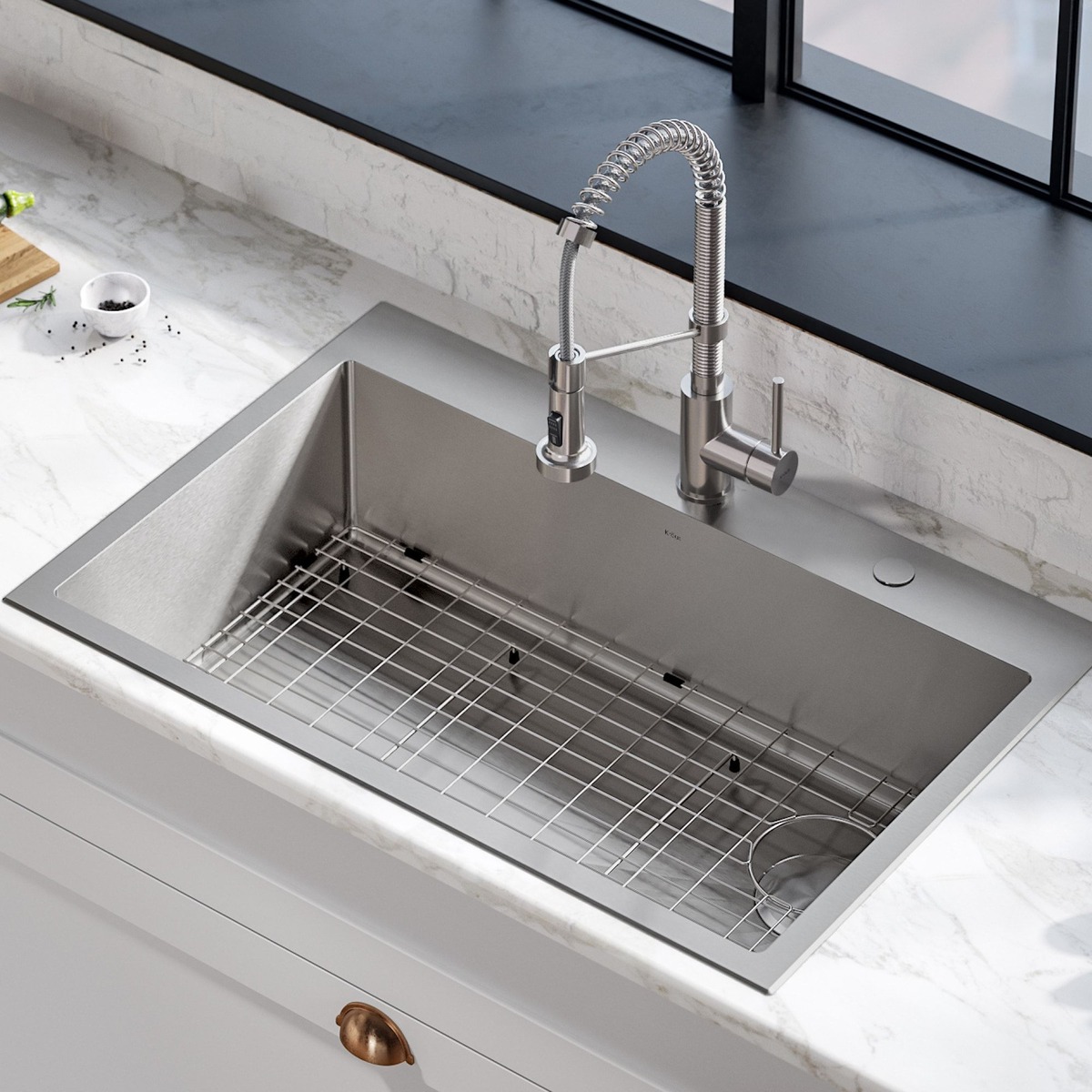
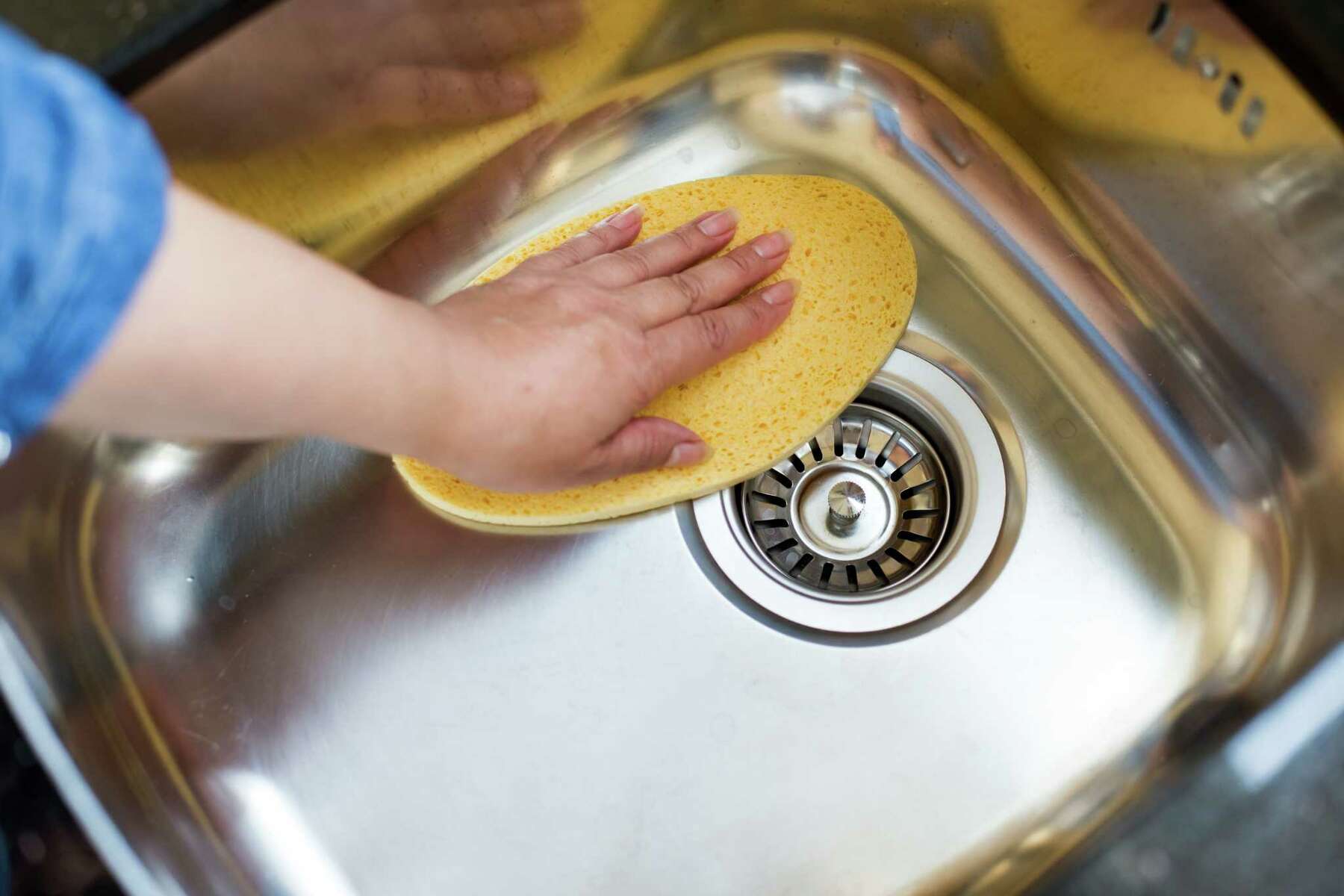
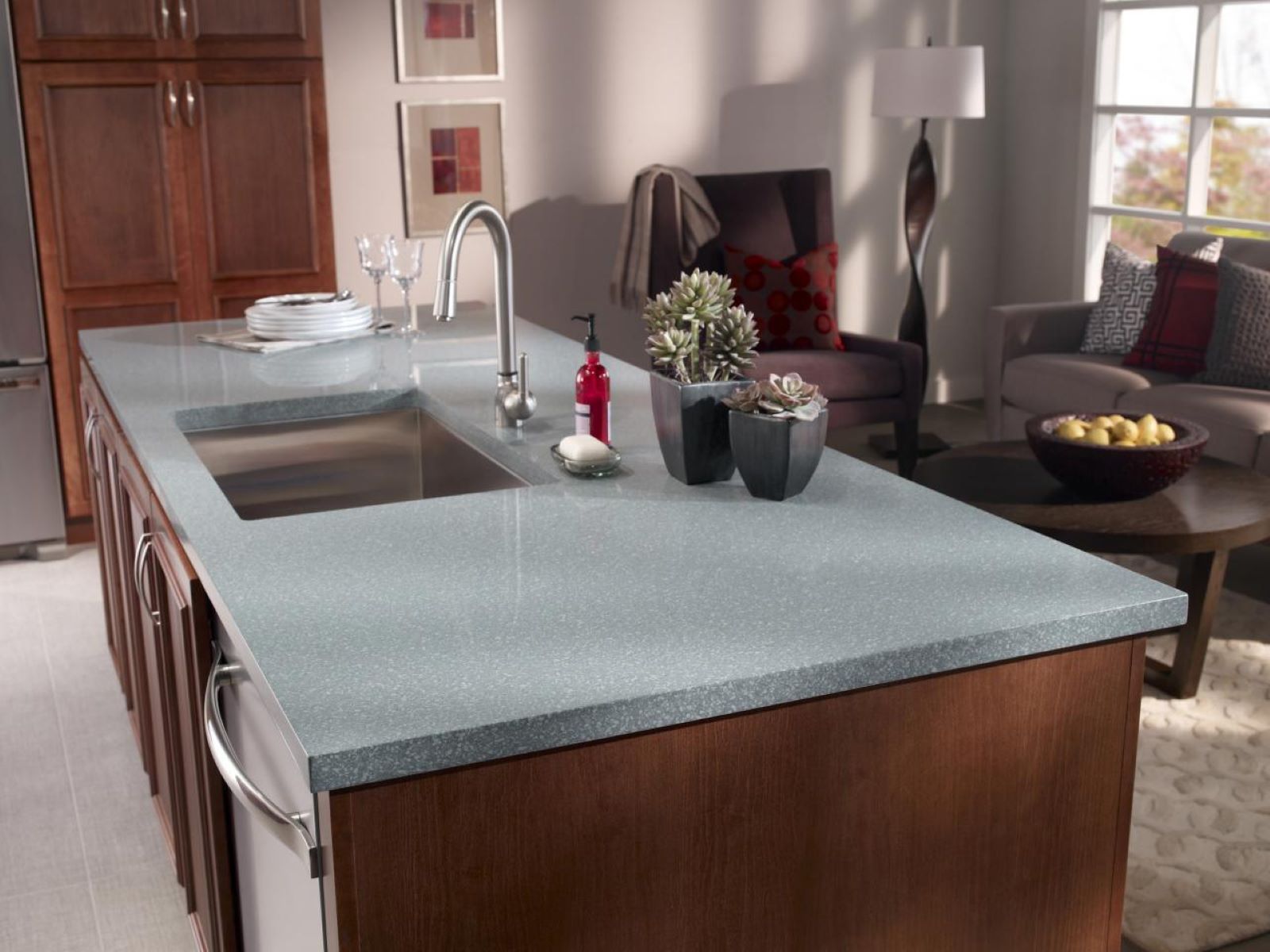
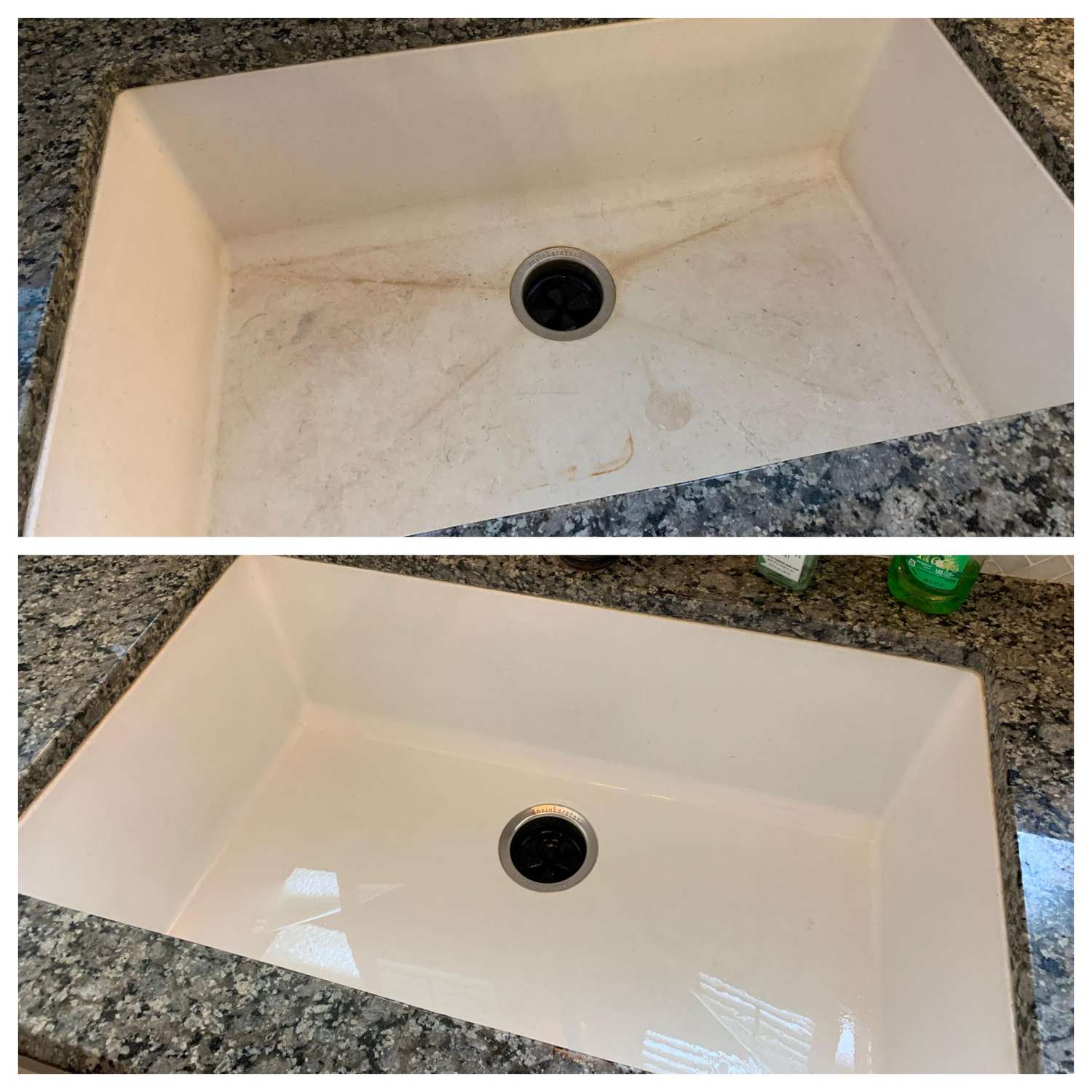

0 thoughts on “How To Get Scratches Out Of A Stainless Steel Sink”